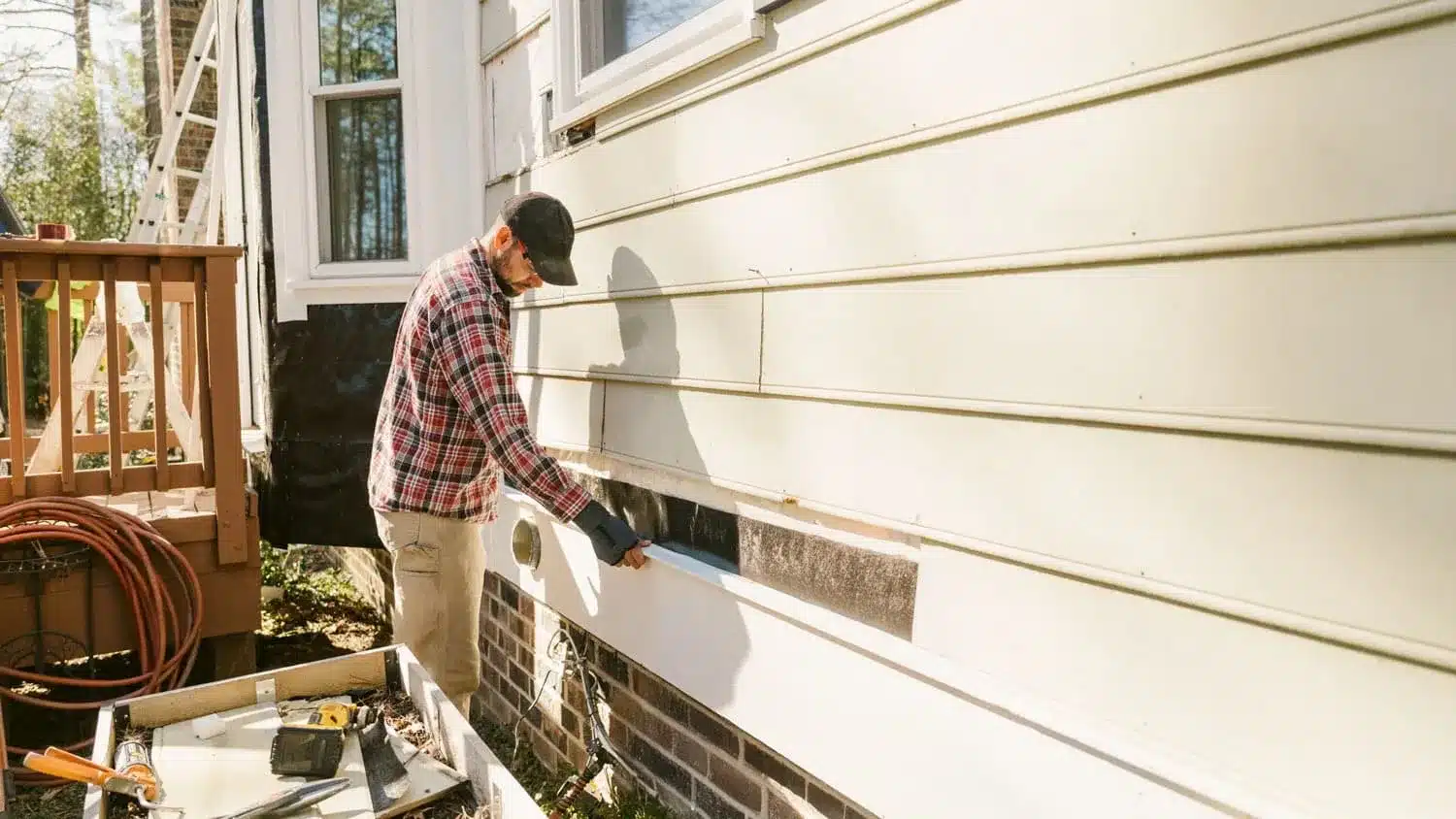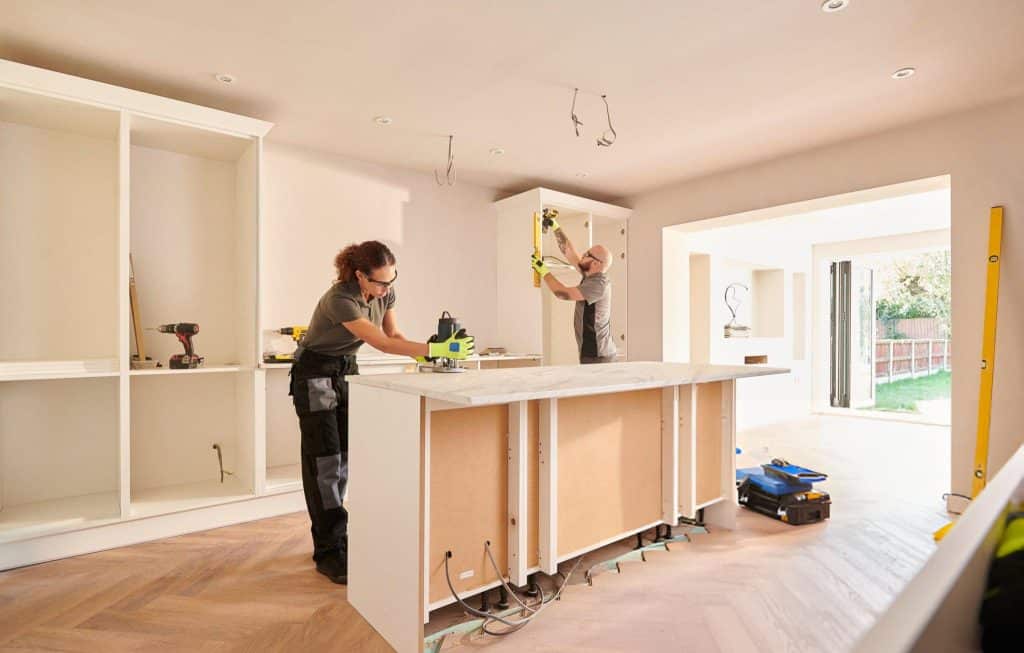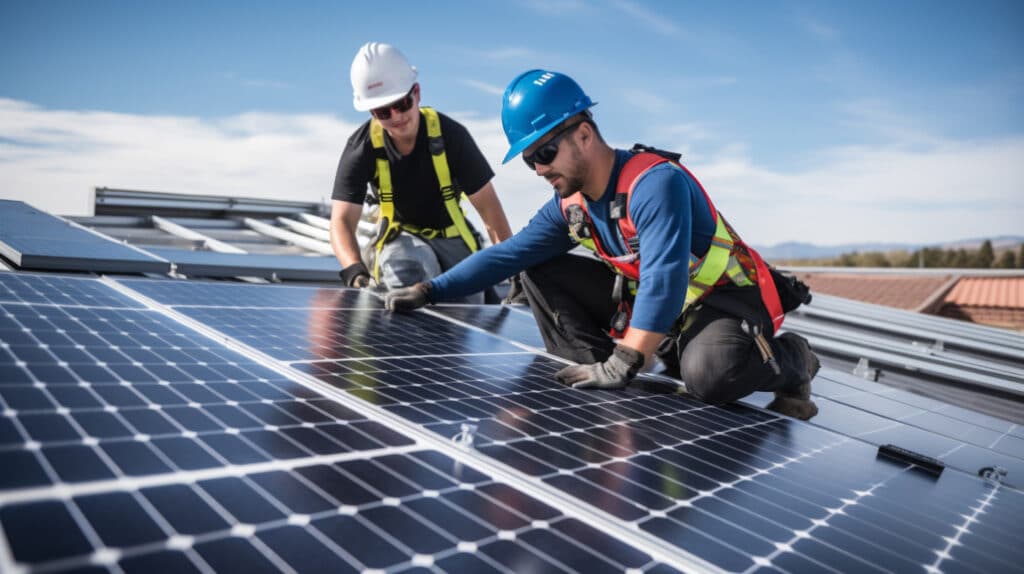When you look at a house, what’s the first thing you notice? The roof? The windows? For most people, it’s the walls, the siding of the house. That’s where siding comes in. It’s like your home’s outer jacket, the layer everyone sees. But siding isn’t just about looks. It plays a huge role in protecting your home, too. Without siding, your house is exposed to rain, wind, heat, and even pests. Over time, that kind of exposure damages the structure. Wood begins to rot. Bricks weaken. Moisture sneaks in and raises repair bills. That’s why siding matters so much. In this guide, we’ll cover what siding is, what it’s made of, the many siding types for houses, and why it’s so important for every homeowner. By the end, you’ll see siding as more than just decoration; it’s your home’s first line of defense.
What Is Siding?
So, what’s siding really? In simple words, siding is the protective material attached to the outside walls of your home. You can think of it as the skin of your house. In siding in construction, its role is both functional and aesthetic.
Siding serves three main roles:
- Protection – Shields your home from rain, snow, and pests.
- Insulation – Helps regulate temperature and reduces energy bills.
- Style – Improves the look of your home and boosts curb appeal.
Without home siding, your house would wear down much faster. Walls would weaken, energy costs would climb, and the home would lose charm. Protect it now with siding that lasts, saves, and makes your house shine. We are the pros who can help you with our services. Explore and talk to us now.
What Is Siding Made Of?
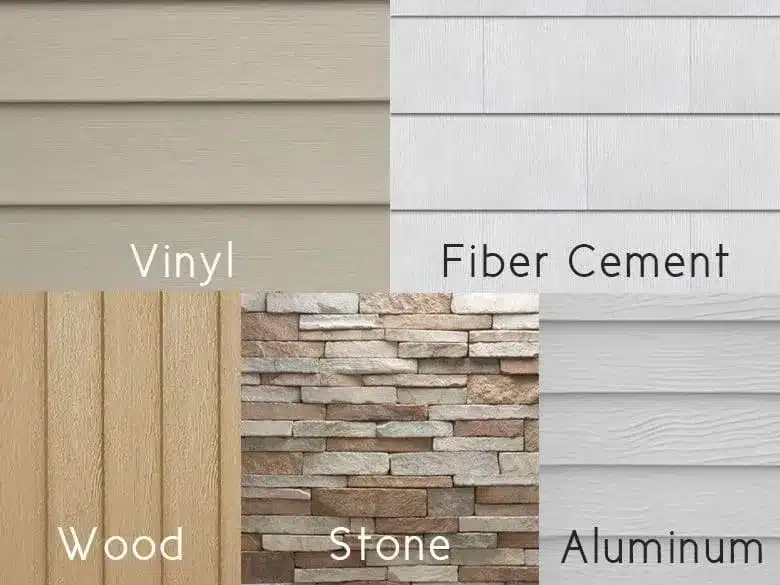
Credit: truchoiceroofing.com
The siding of the house can be built from different materials. Each has its own look, cost, and durability.
- Wood – Natural and timeless, but needs regular care.
- Vinyl – Affordable, low-maintenance, and versatile. (What is vinyl siding made of? PVC resin.)
- Fiber Cement – A mix of sand, cement, and fibers. Very durable.
- Metal – Aluminum or steel. Strong but can dent.
- Brick or Stone Veneer – Lighter versions of real stone or brick. Stylish and lasting.
- Stucco – Cement-based finish, best for dry climates.
Each option offers unique benefits. The right choice depends on budget, climate, and style.
Types of Siding
There are many different styles of house siding. The choice affects not only your home’s look but also its durability, upkeep, and cost. Here are the most common siding types for houses:
Horizontal Lap Siding
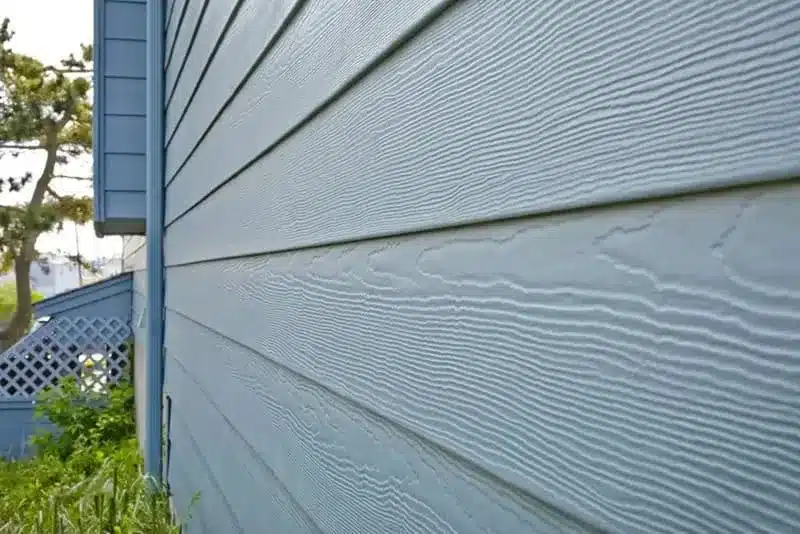
Credit: jameshardie.com
Also called a clapboard. Boards overlap each other to shed water and protect the walls. It’s timeless and one of the most popular types of siding on house exteriors. Works well with wood, vinyl, or fiber cement.
- Classic look that never goes out of style
- Fits almost any architectural design
- Easy to repaint or replace
Vertical Siding
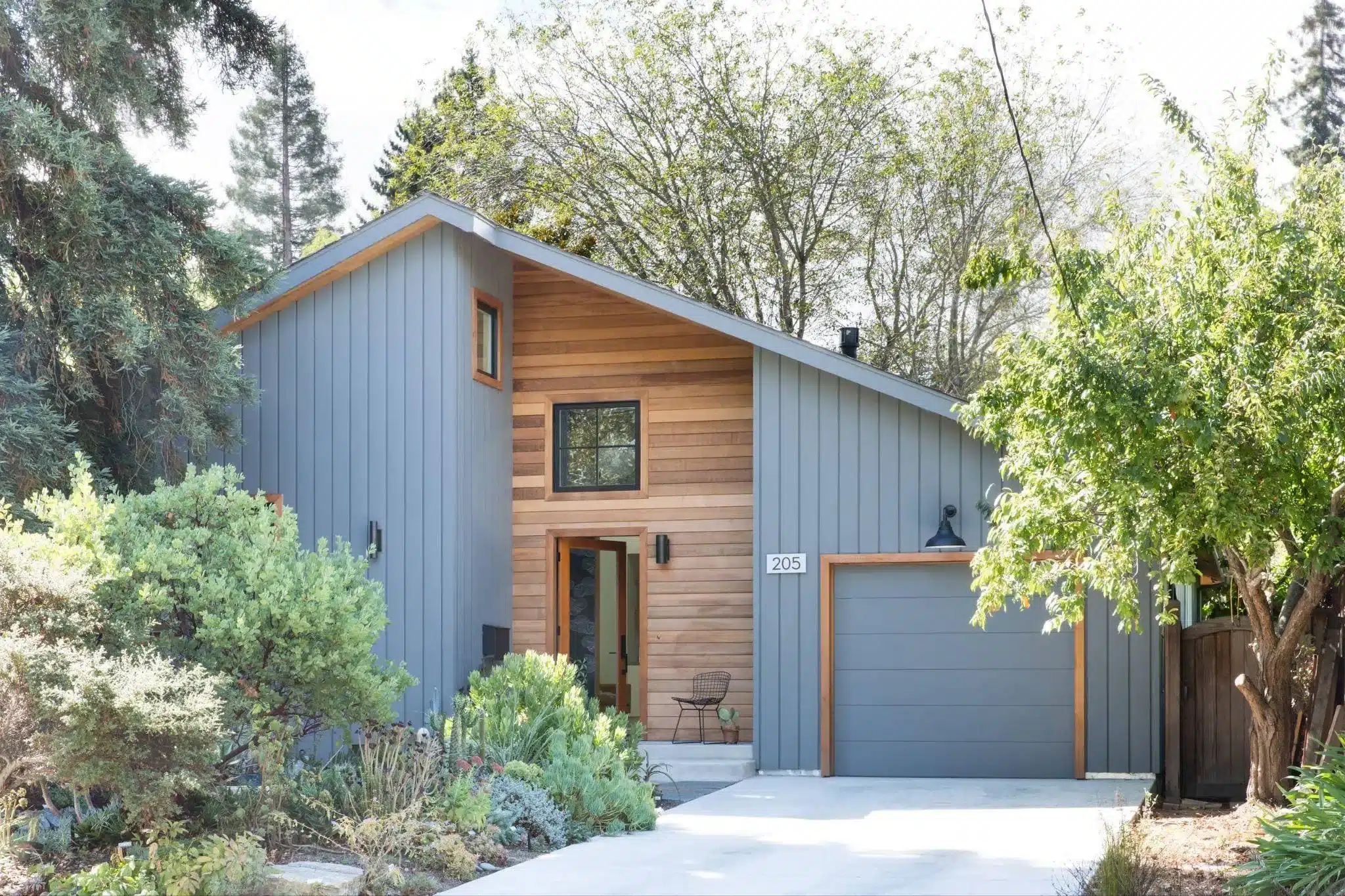
Credit: houzz.com
Often called board and batten. Long boards run up and down with narrow battens covering seams. This style adds height and makes a home feel taller. Perfect for rustic or farmhouse designs.
Shingle or Shake Siding
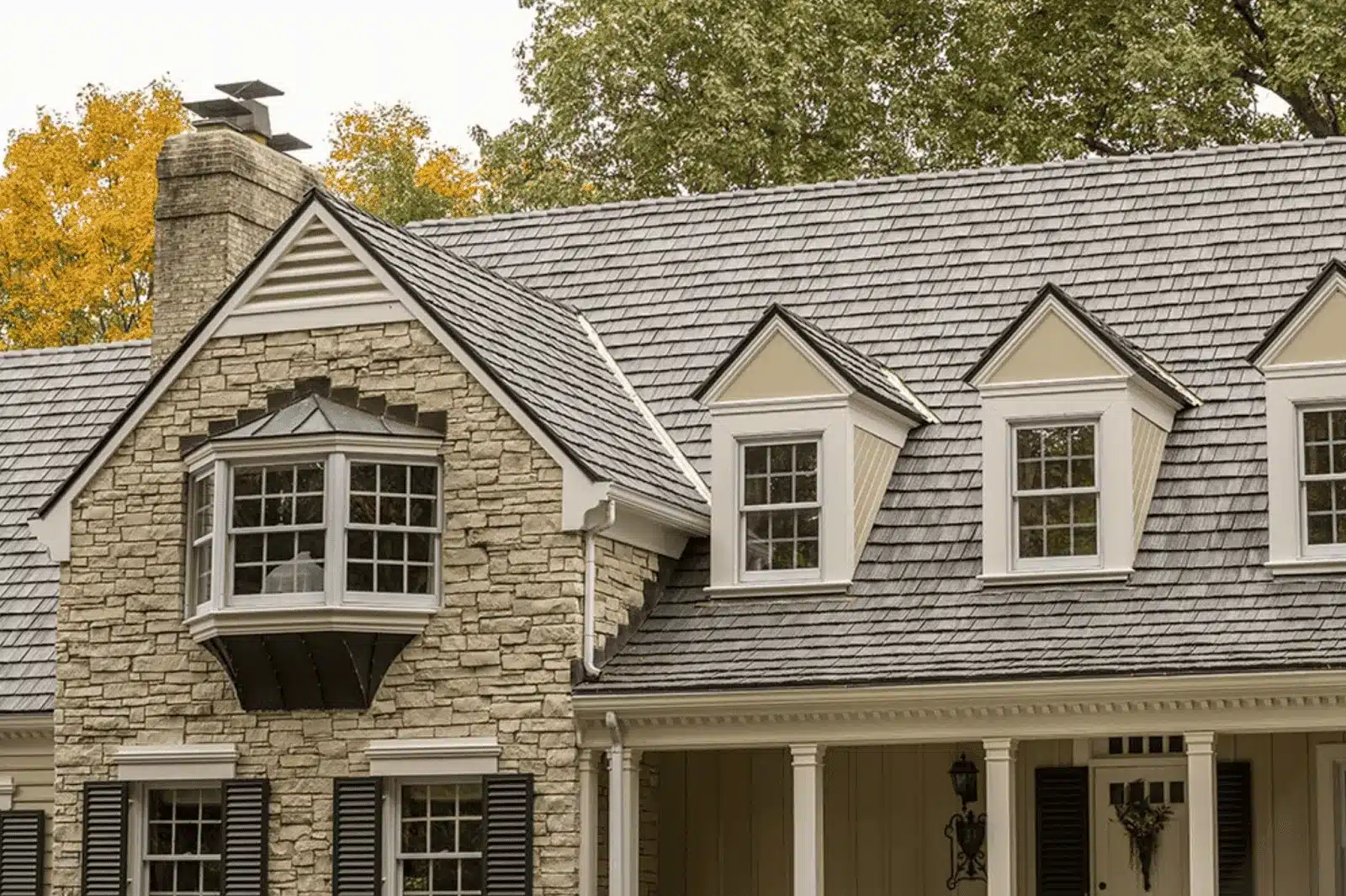
Credit: afuncan.com
Made of small overlapping pieces that create a rich texture. Available in wood, vinyl, or fiber cement. Shakes are usually thicker and more rugged, while shingles are smoother and more uniform.
- Great for coastal or cottage-style homes
- Adds character and visual interest
- Can be combined with other siding for variety
Panel Siding
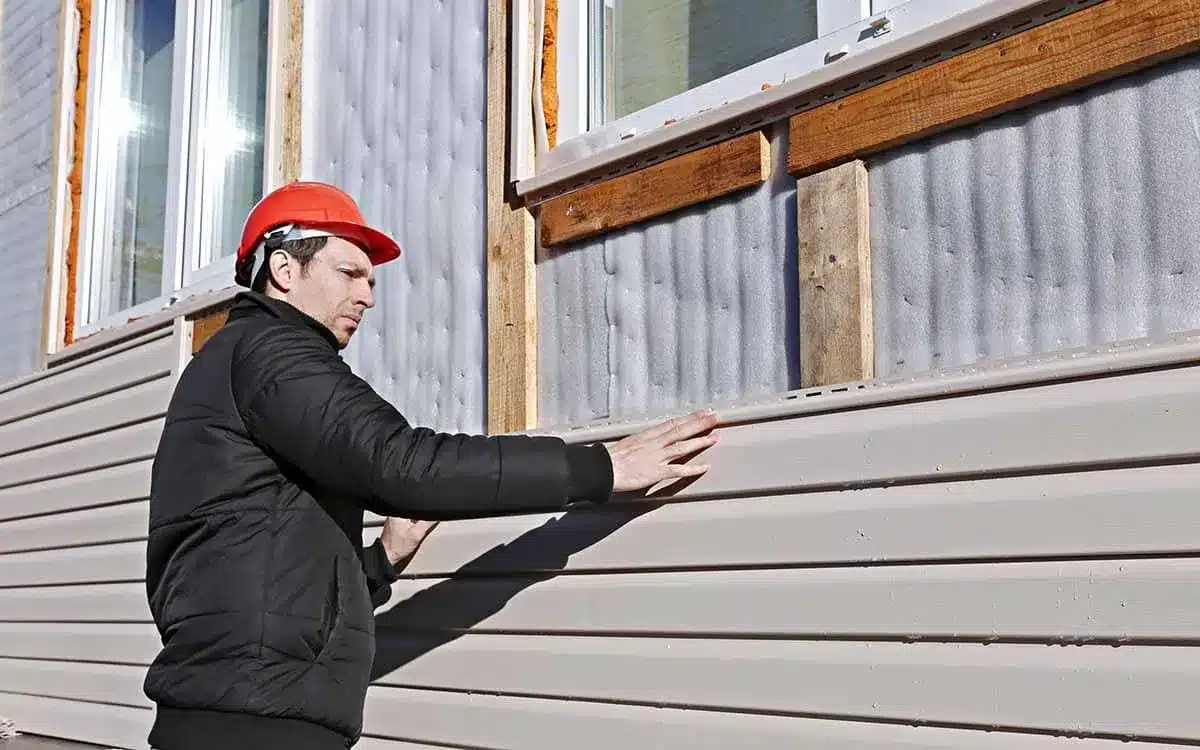
Credit: 2flwindowsandsiding.com
Large, flat panels that give a clean, modern appearance. Usually made from fiber cement or engineered wood. Ideal for homeowners who want simple lines and minimal fuss.
Stone and Brick Veneer
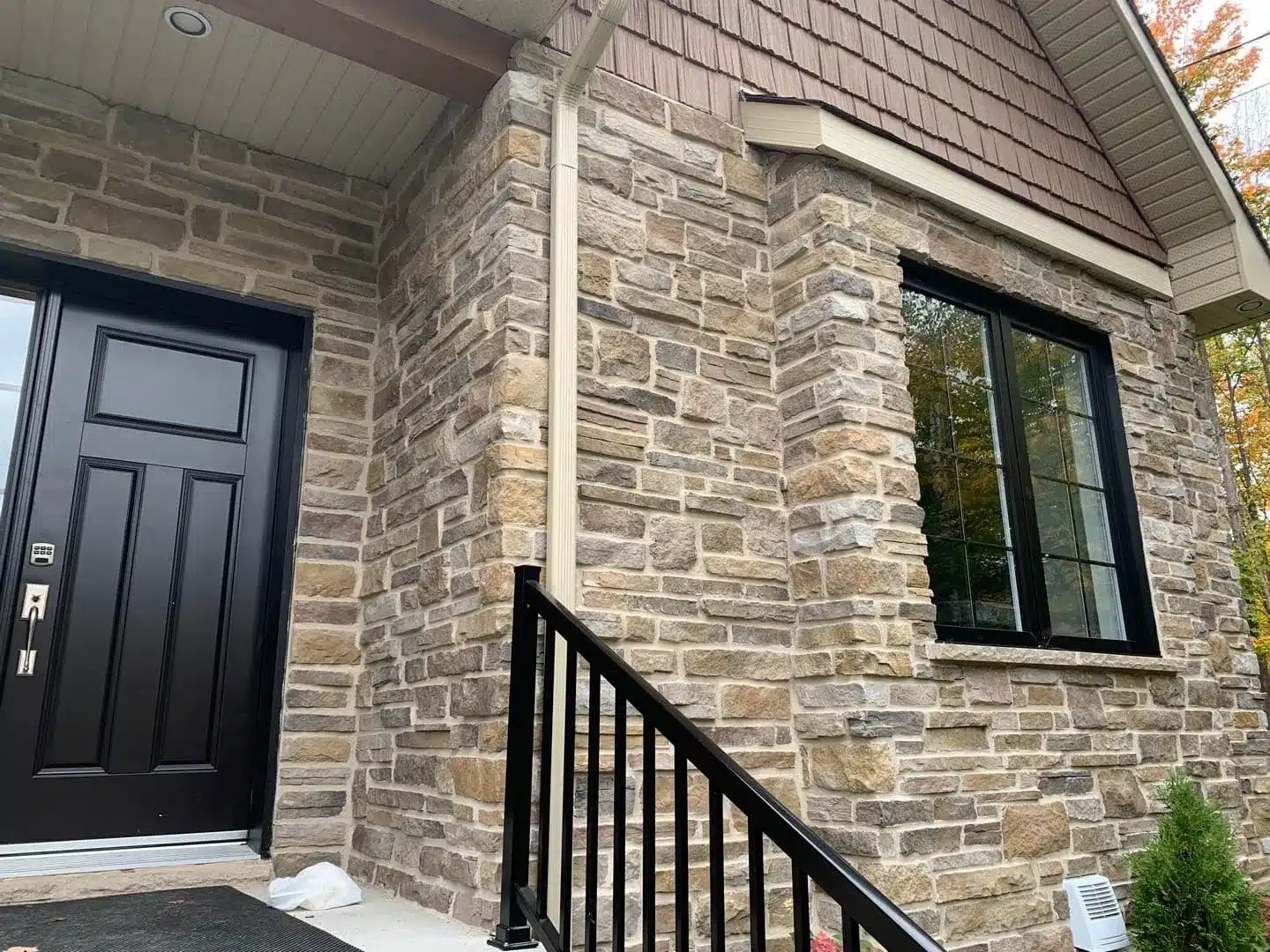
Credit: doughtymasonry.ca
Thin slices of natural stone or brick are applied over walls. They look like solid masonry but are lighter and more affordable. Veneers bring elegance without the full cost.
- Adds long-lasting curb appeal
- Durable and weather-resistant
- Works beautifully as an accent or full exterior
Stucco
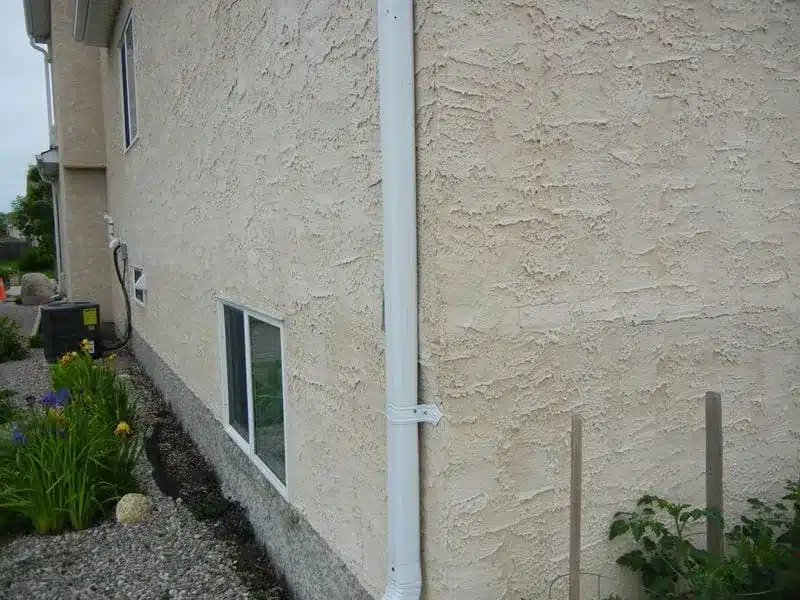
Credit: forum.nachi.org
A cement-based plaster finish is applied in layers. Can be smooth or textured, depending on your style. Stucco is popular in dry, warm regions, but newer formulas handle moisture better.
Each of these sidings for homes has its own appeal. From wide house siding panels for modern builds to textured shakes for coastal charm, there’s a style to match every home.
Now that we have discussed each type of home siding, let’s help you choose one and protect your home. Explore how we can help you boost your curb appeal and hire us now.
The Purpose of Siding
Why is siding so crucial? Let’s look at its key purposes:
- Protection from the Elements – Keeps rain, snow, and wind out. Prevents water leaks and mold damage.
- Energy Efficiency – Acts as insulation. Keeps heat inside during winter and outside during summer.
- Curb Appeal – Fresh siding improves your home’s overall look. Updated siding on exterior house projects can dramatically boost resale value.
- Low Maintenance – Vinyl and fiber cement require little upkeep. Saves time and money over the years.
- Durability – High-quality home siding can last decades. Protects your structure from weather and pests.
Siding does more than one job. It protects, saves money, and makes your home look amazing.
Ending Remarks
Siding is more than just decoration. It’s the shield, insulation, and outfit of your house—all rolled into one. Without it, your home would be exposed and vulnerable.
When choosing siding in construction, think about your climate, budget, and style. Vinyl is affordable and low-maintenance. Fiber cement is tough and long-lasting. Wood is timeless but needs care.
No matter what you choose, siding is an investment. It protects your home and makes it beautiful from the outside in.
Frequently Asked Questions
What is siding on a home exactly?
Siding is the protective outer layer of your house. It keeps weather, pests, and moisture away while improving appearance.
What’s siding made of?
It depends on the type. Vinyl is made from PVC resin. Fiber cement mixes sand, cement, and fibers. Wood is natural but needs care.
When was vinyl siding invented?
Vinyl siding was introduced in the 1950s. It became popular in the 1970s for its affordability and durability.
What are the most common siding types for houses?
Vinyl, wood, fiber cement, stucco, and metal are top choices. Each one offers different looks and benefits.
Which siding lasts the longest?
Fiber cement, stone veneer, and metal last the longest. Vinyl also holds up well with little maintenance.

